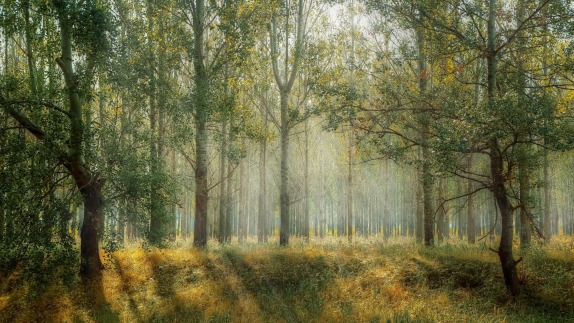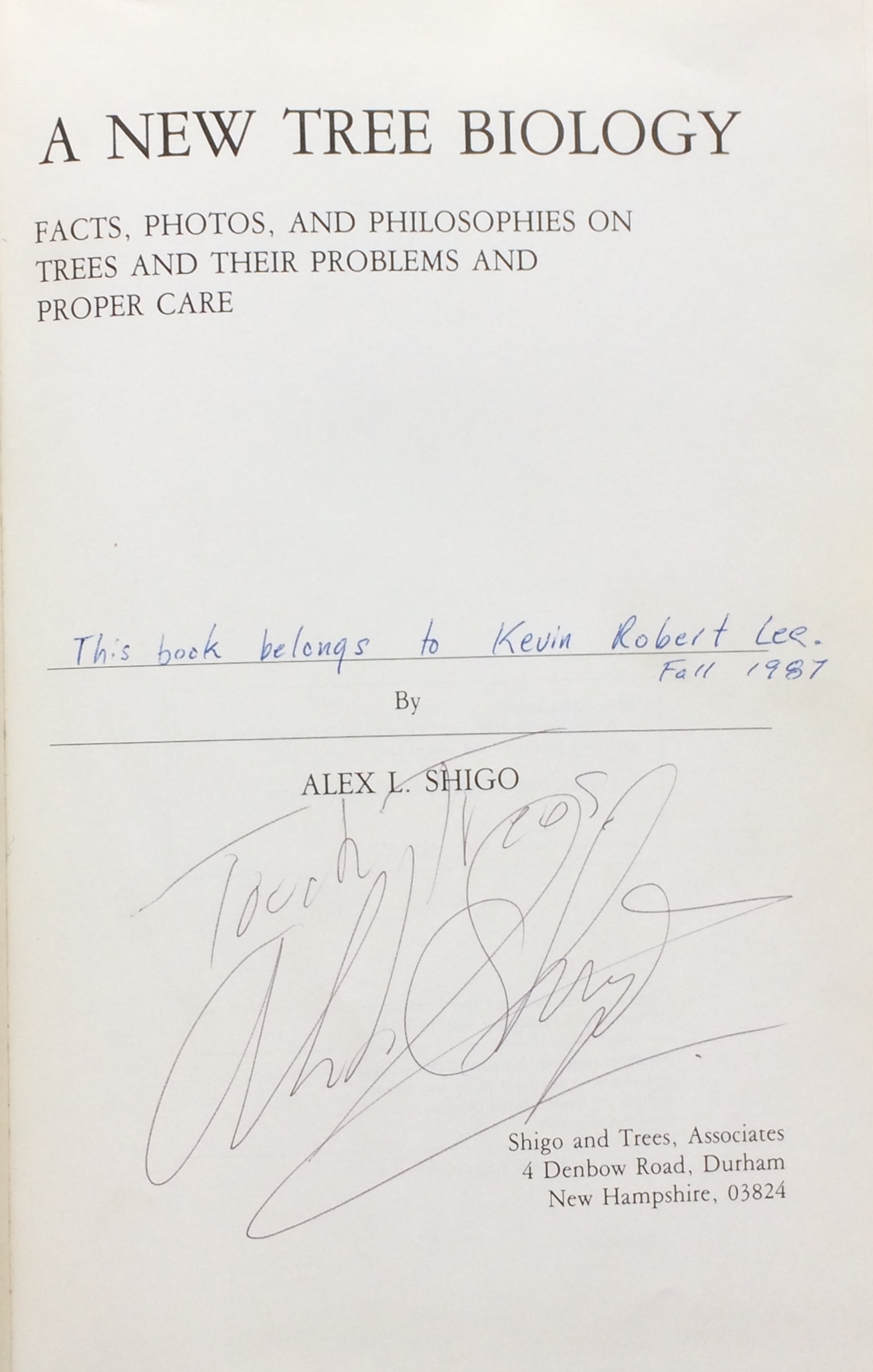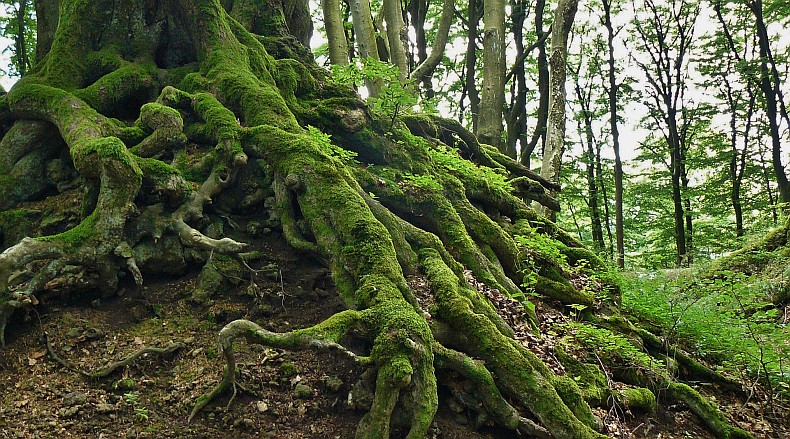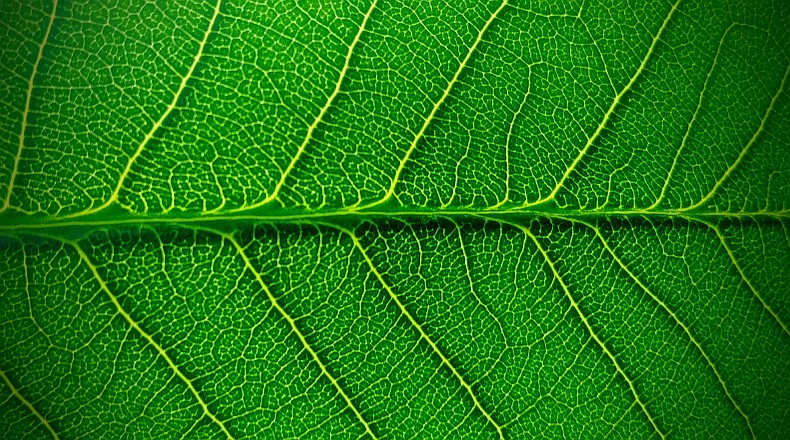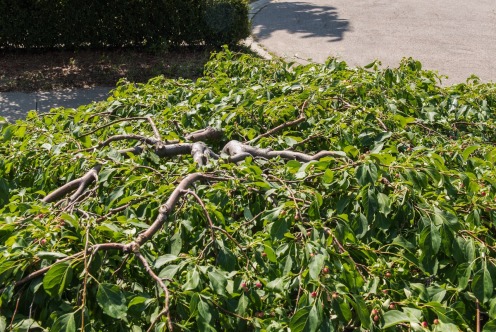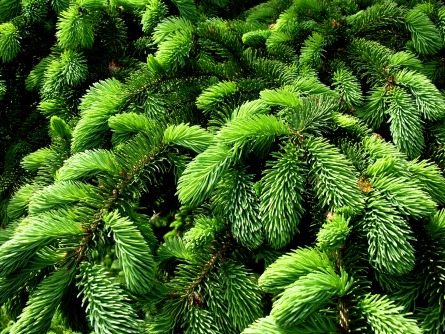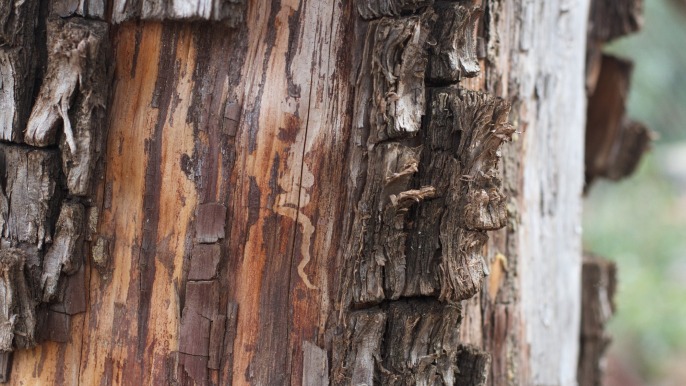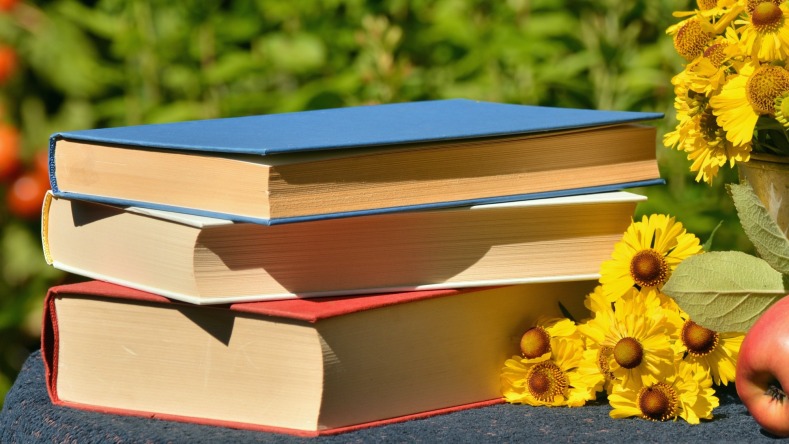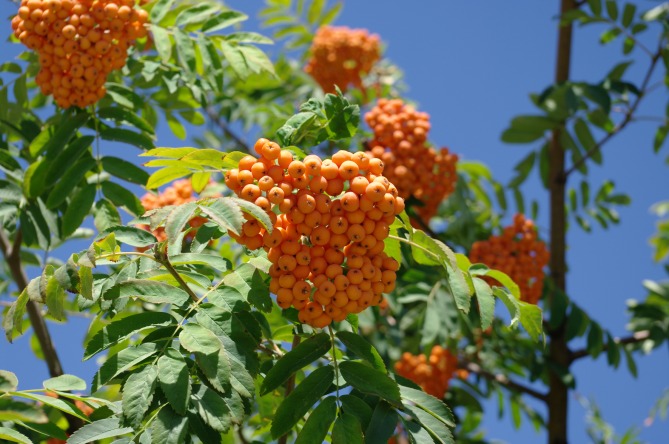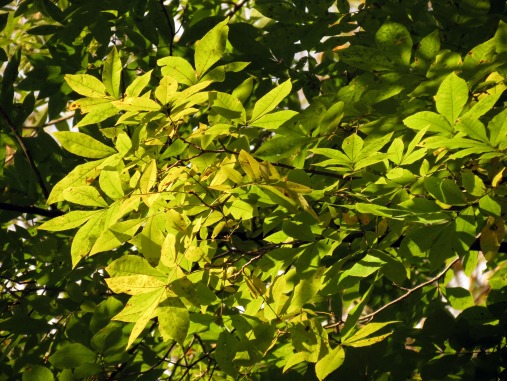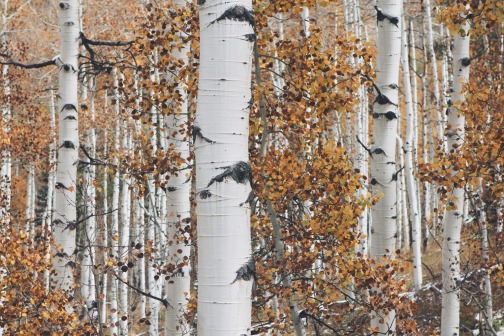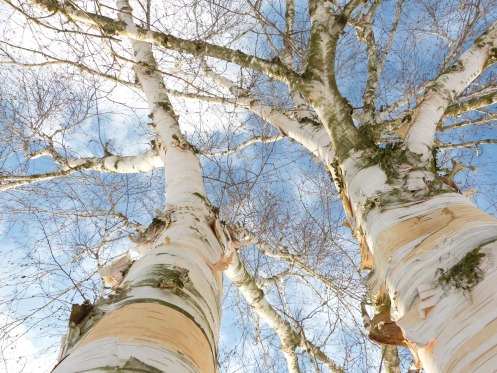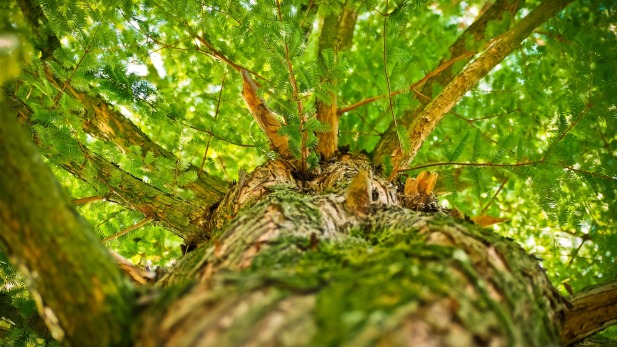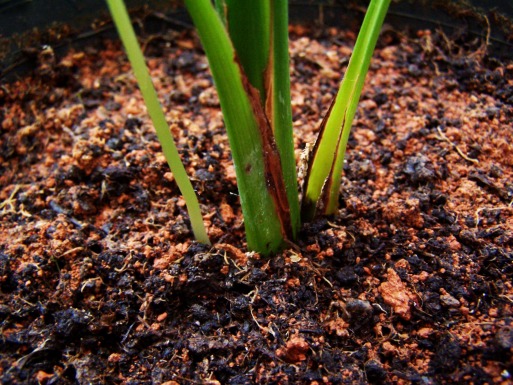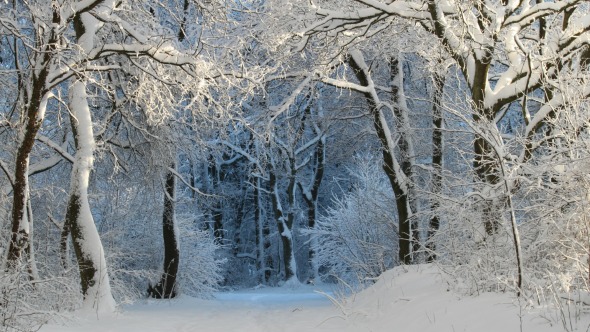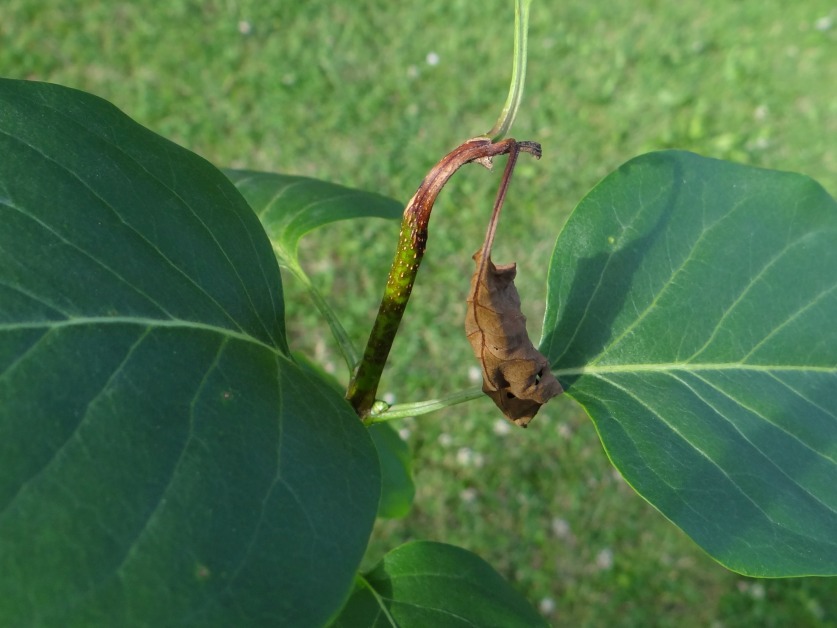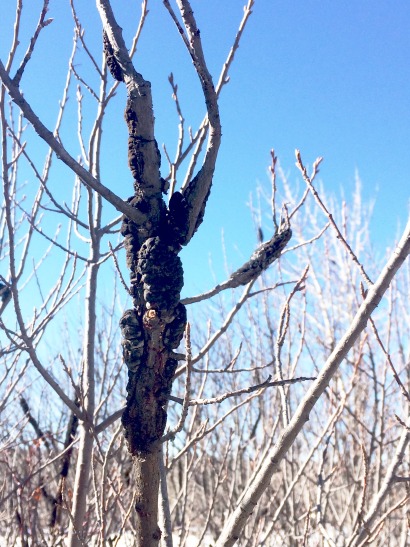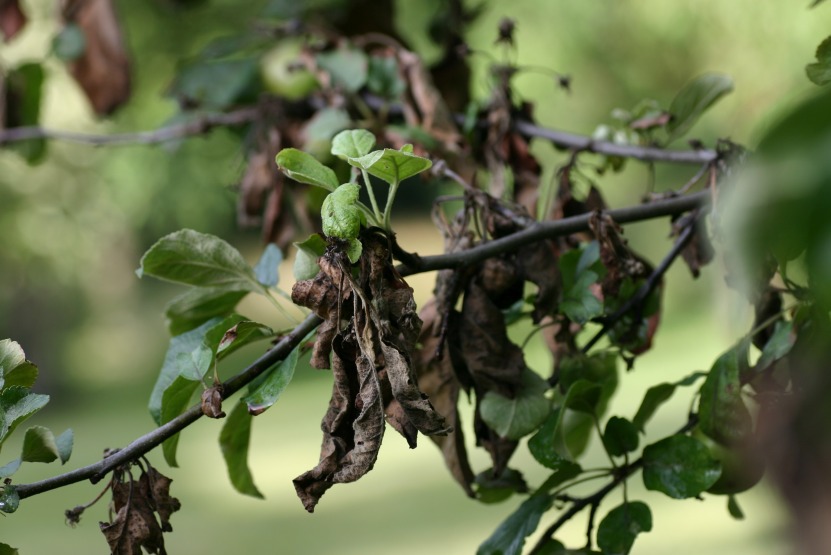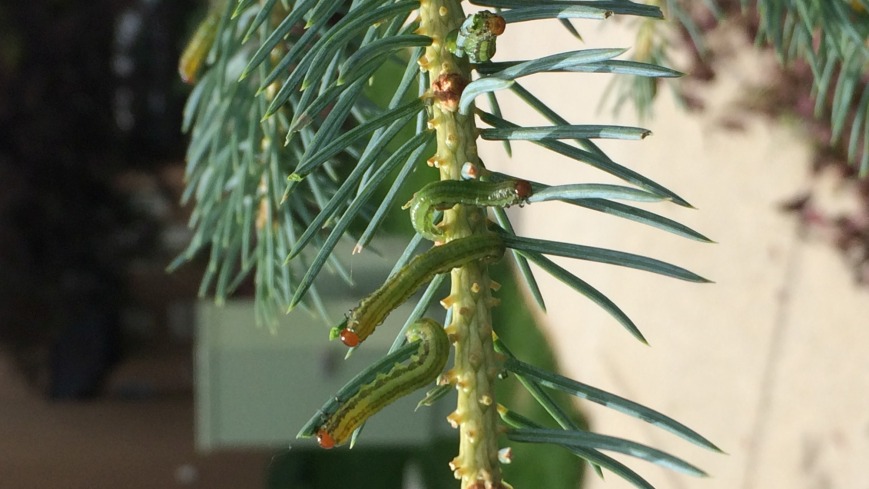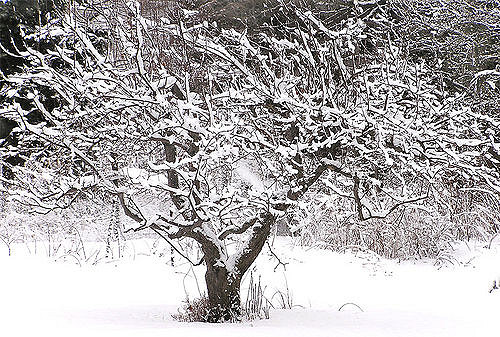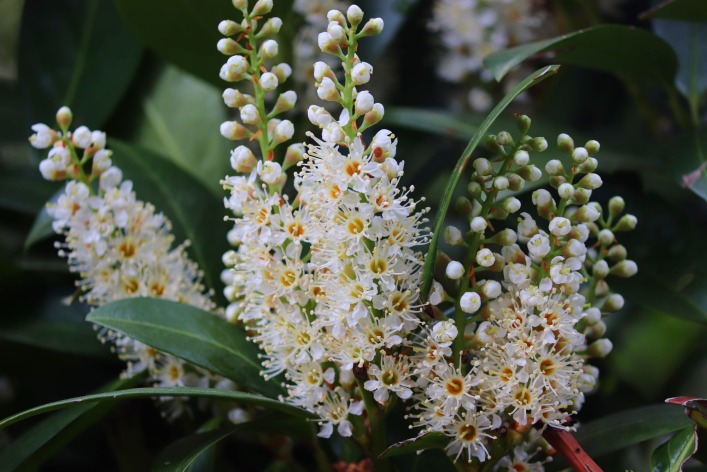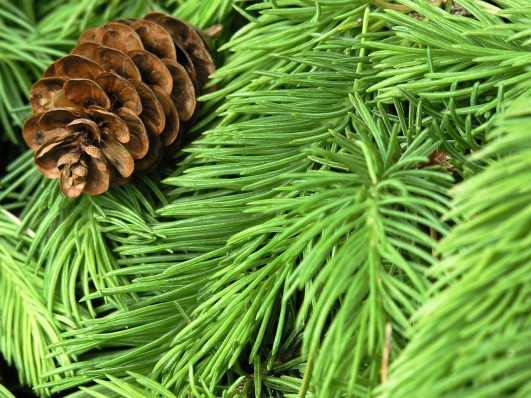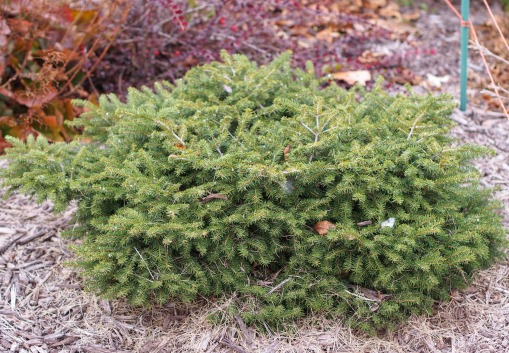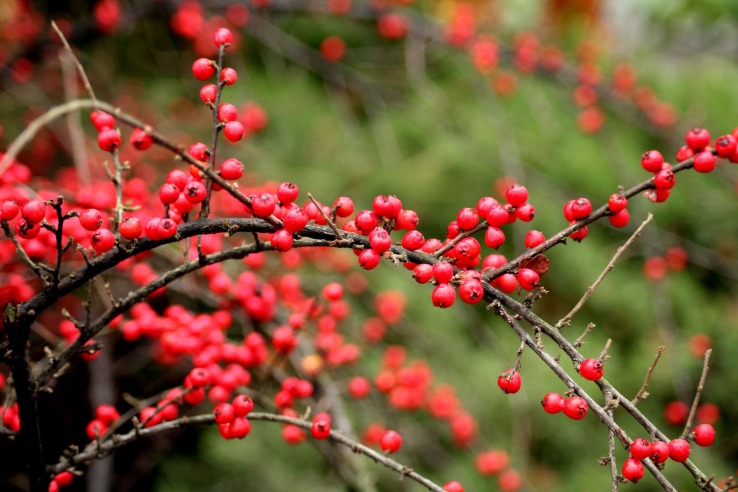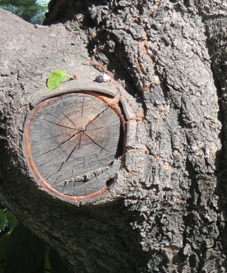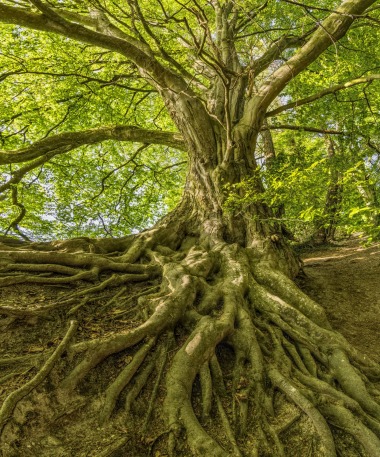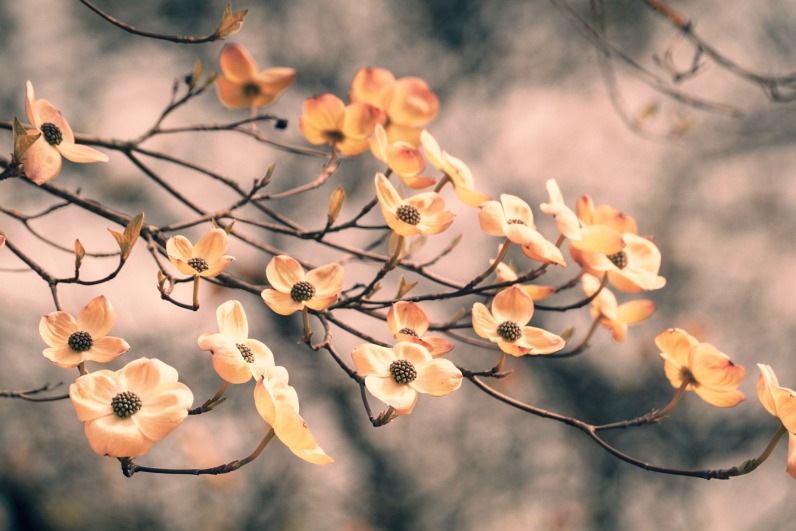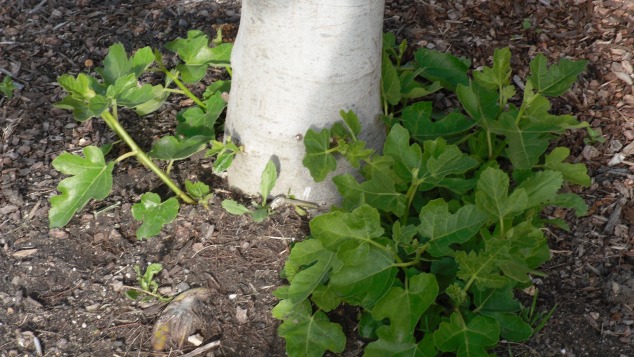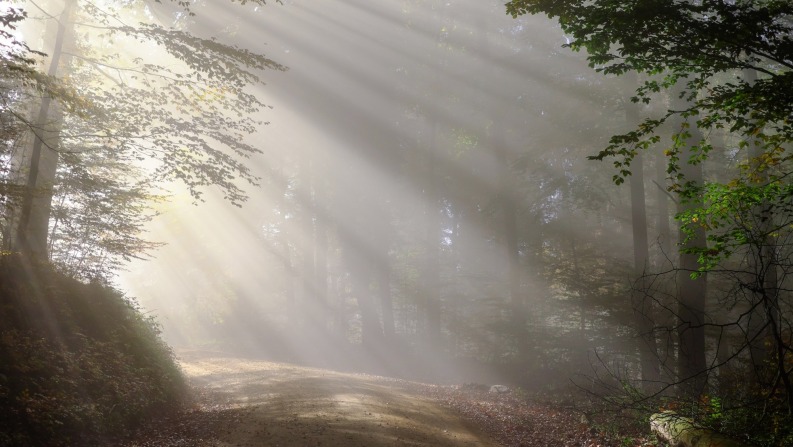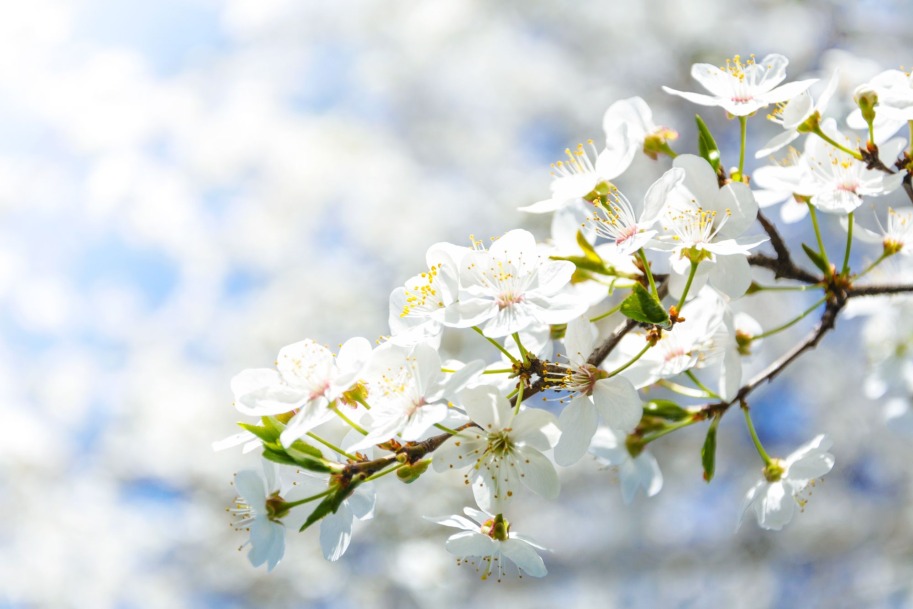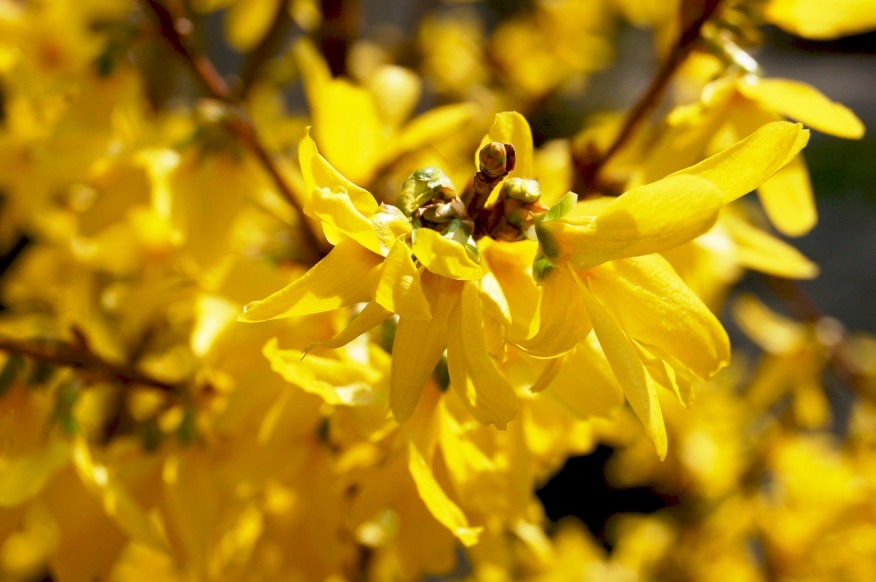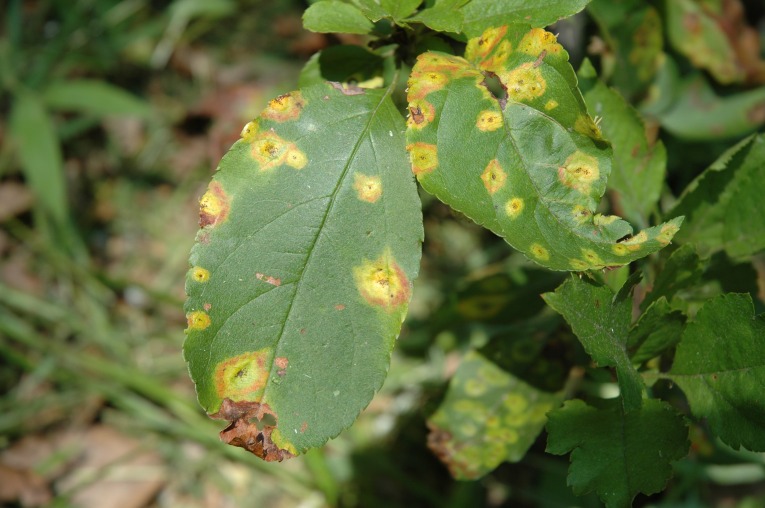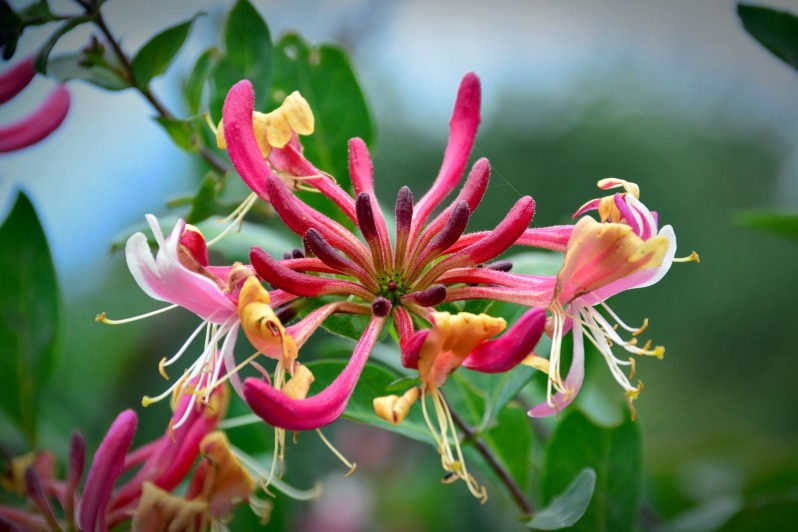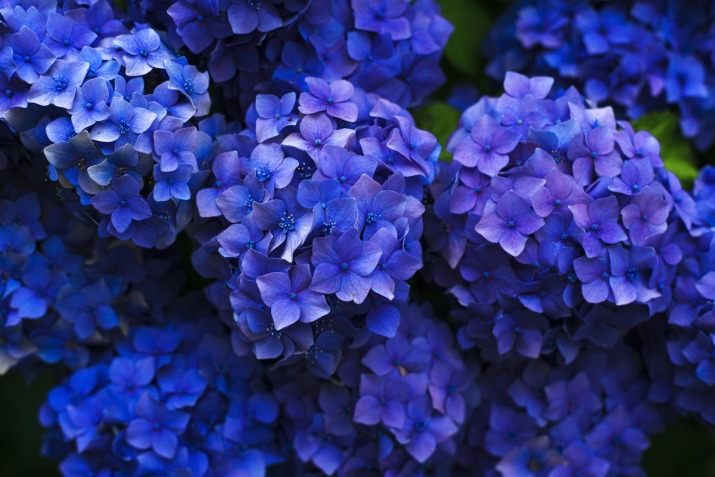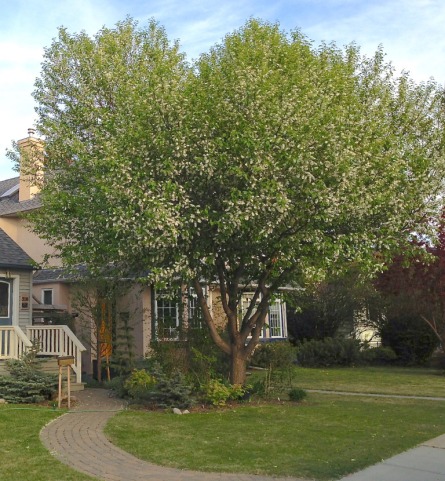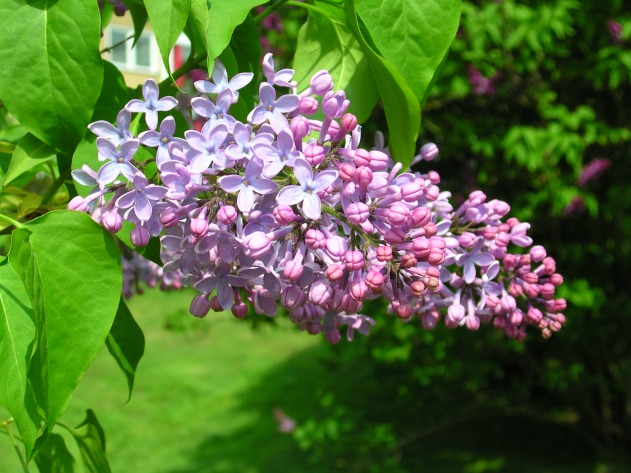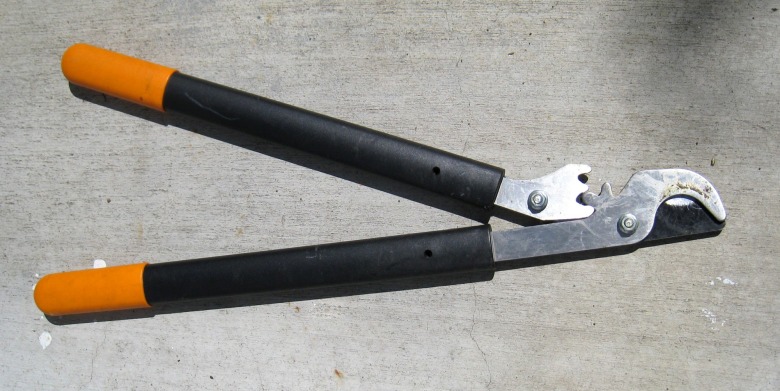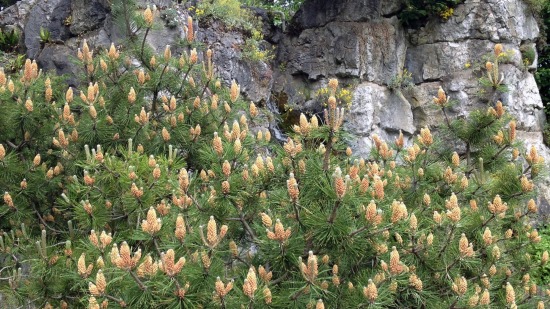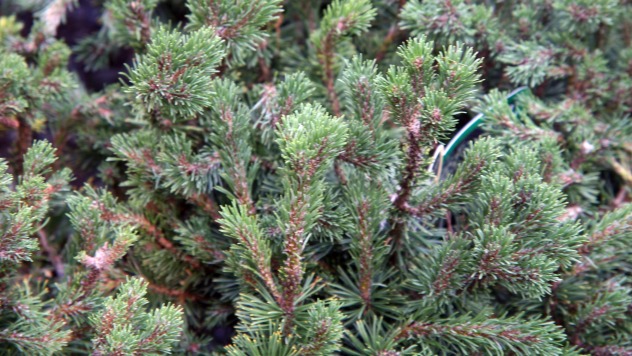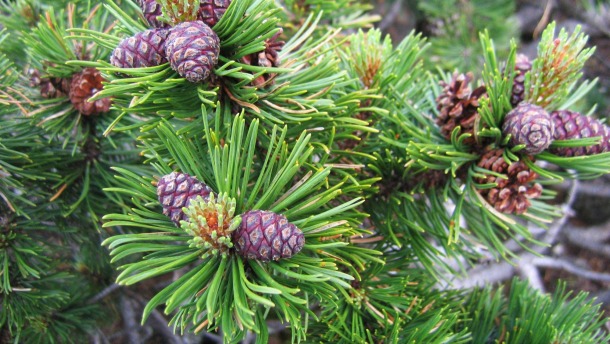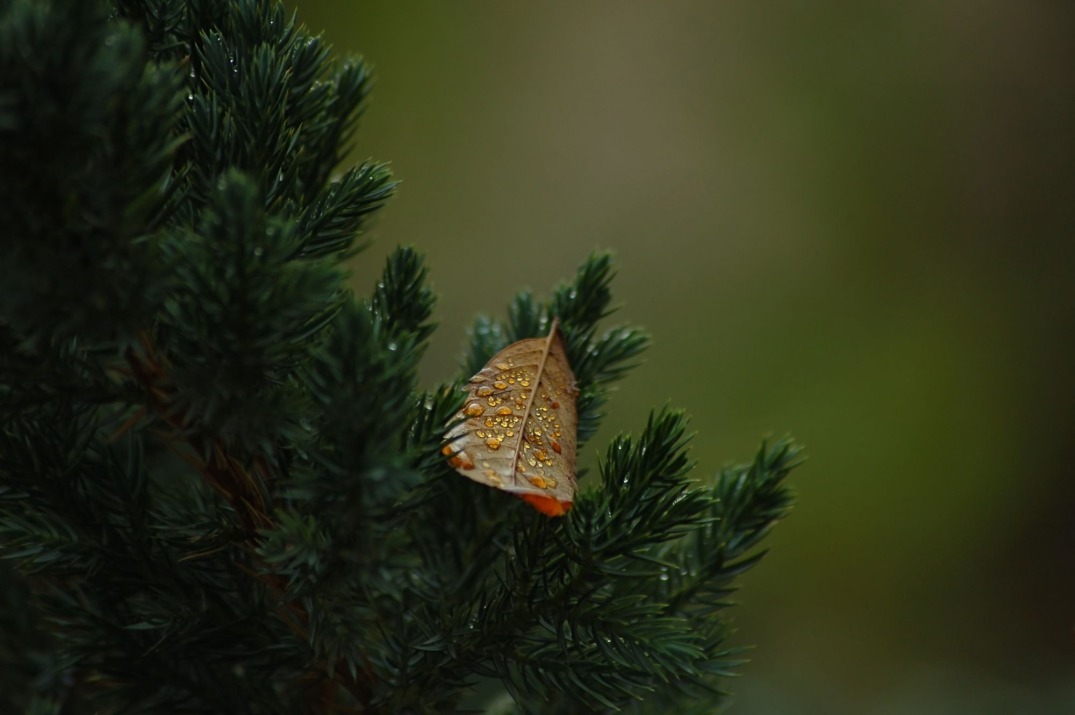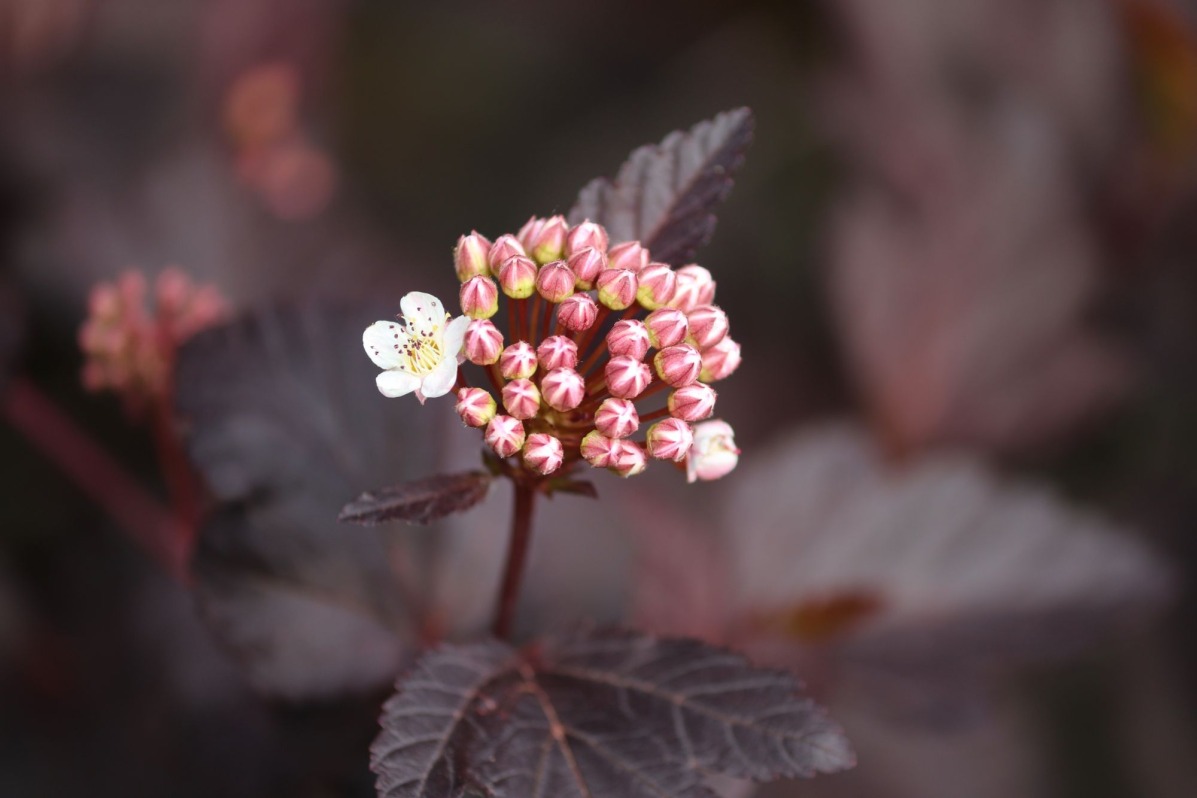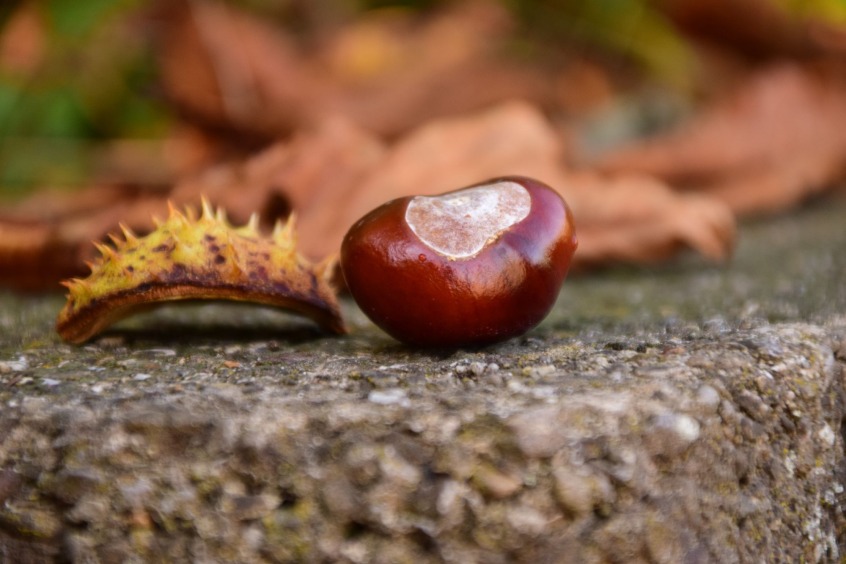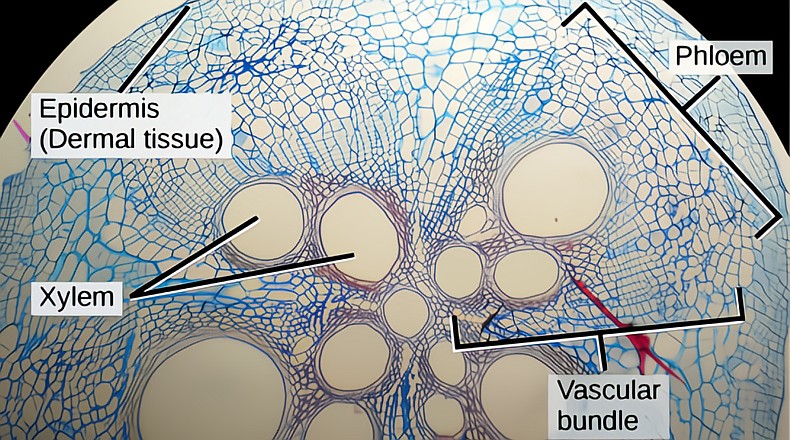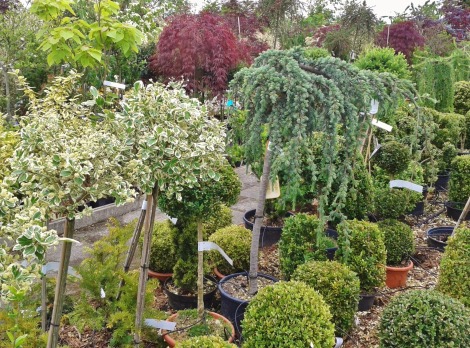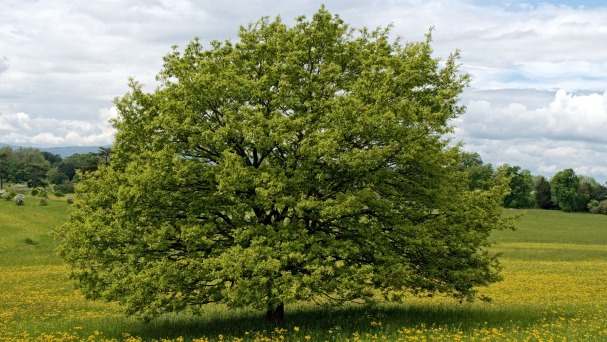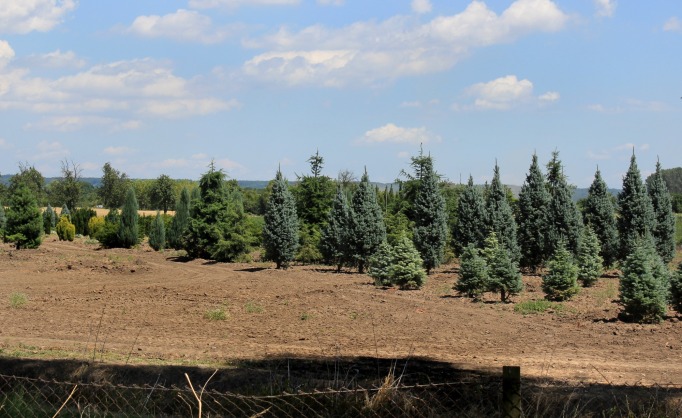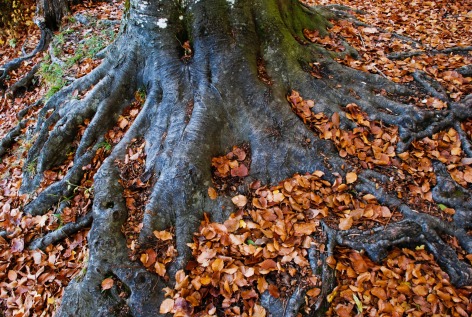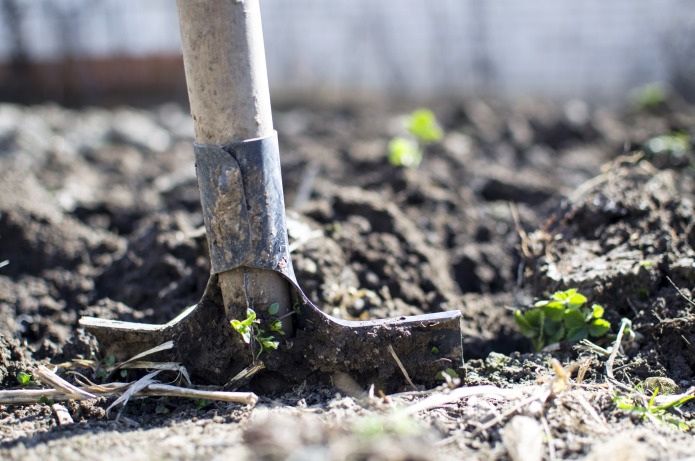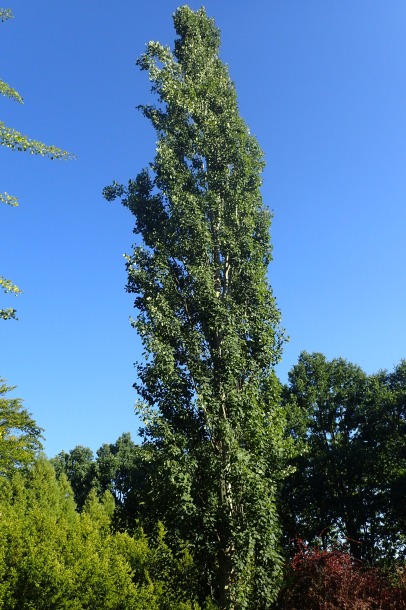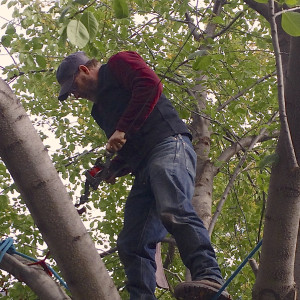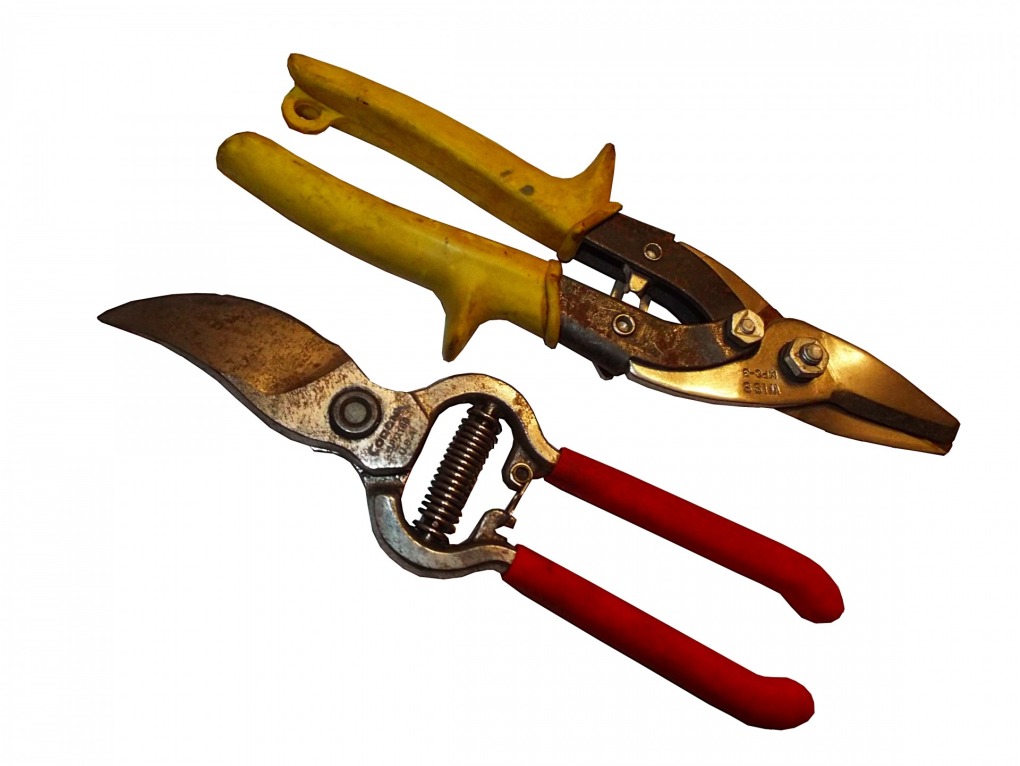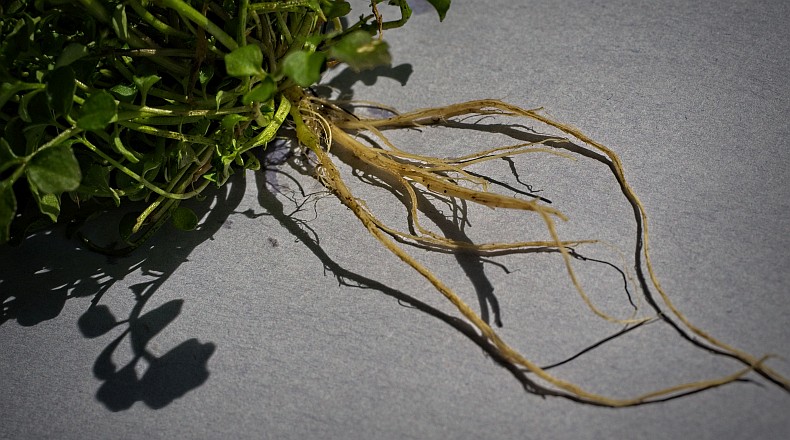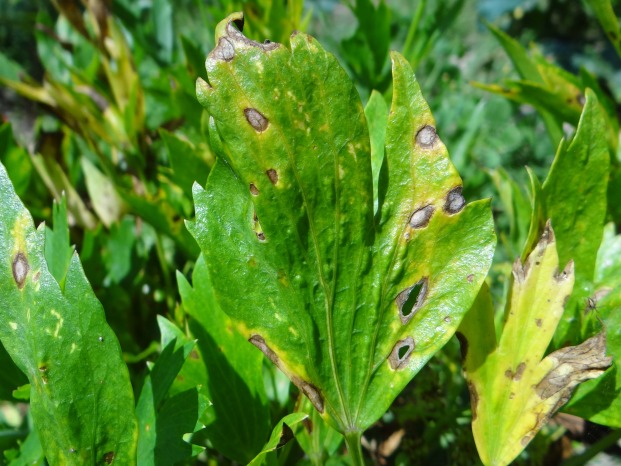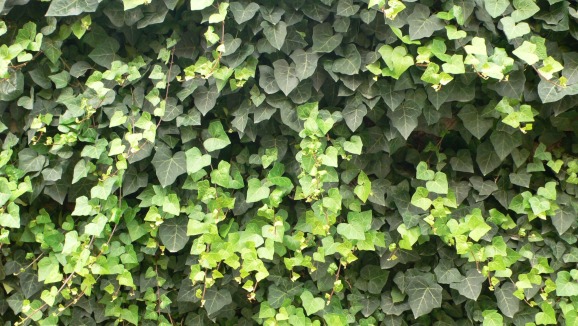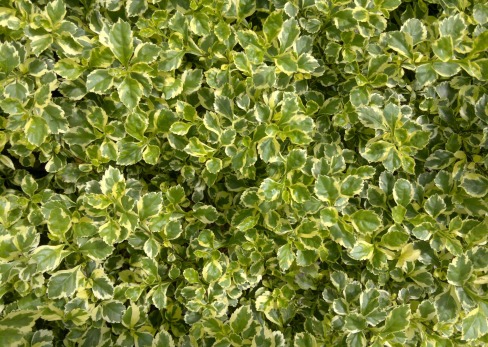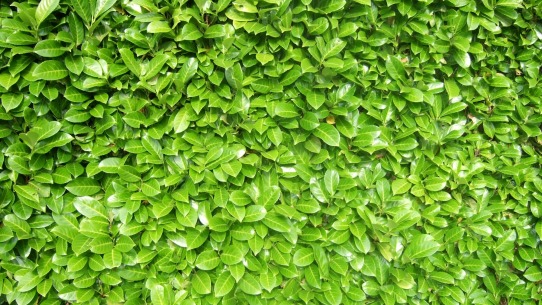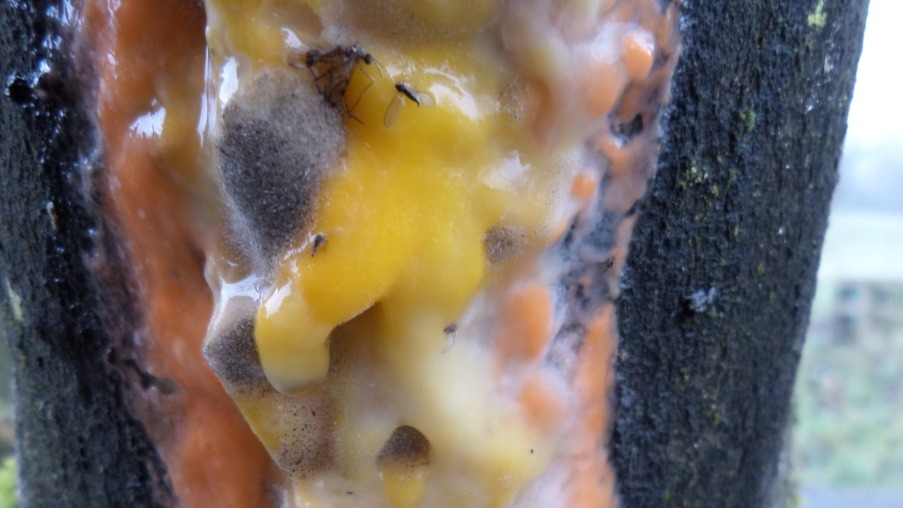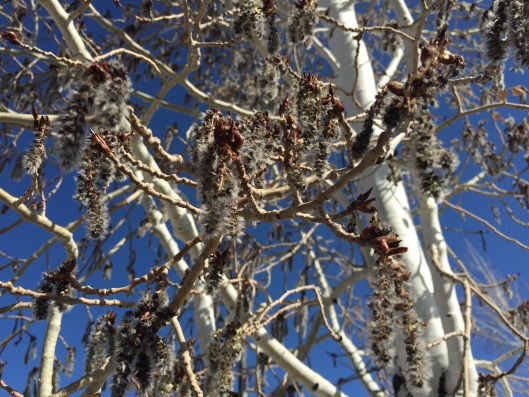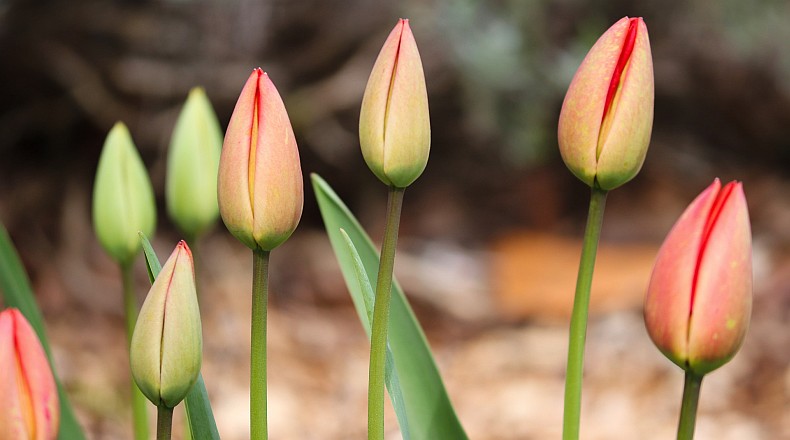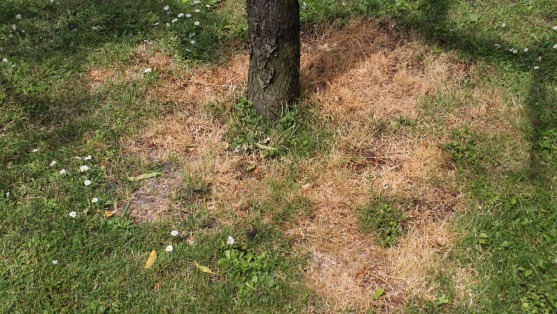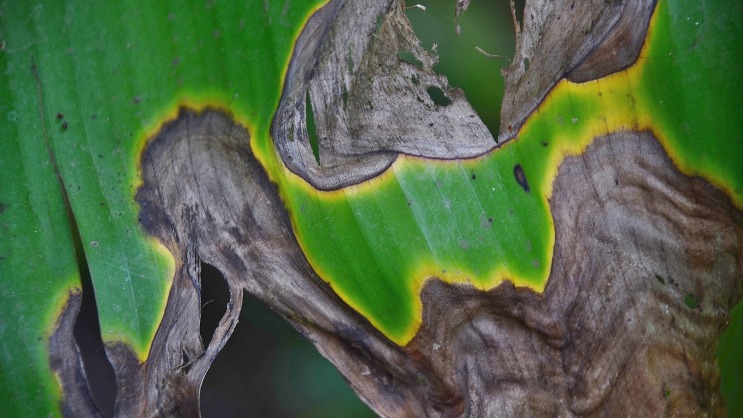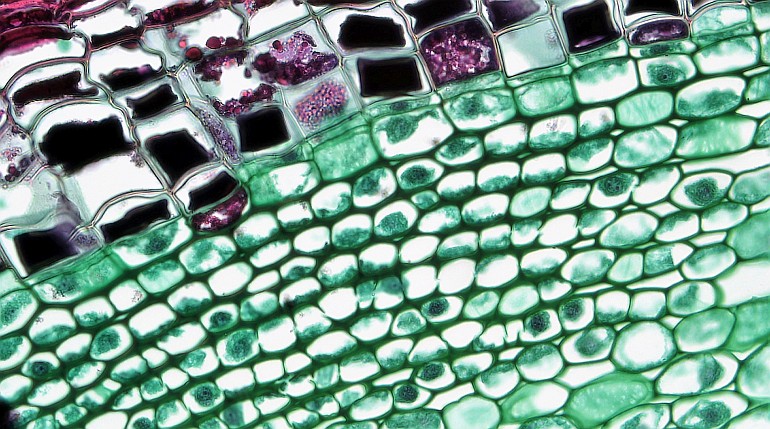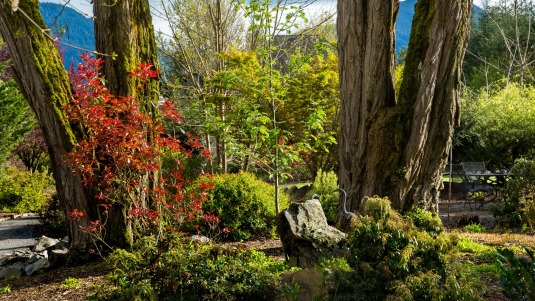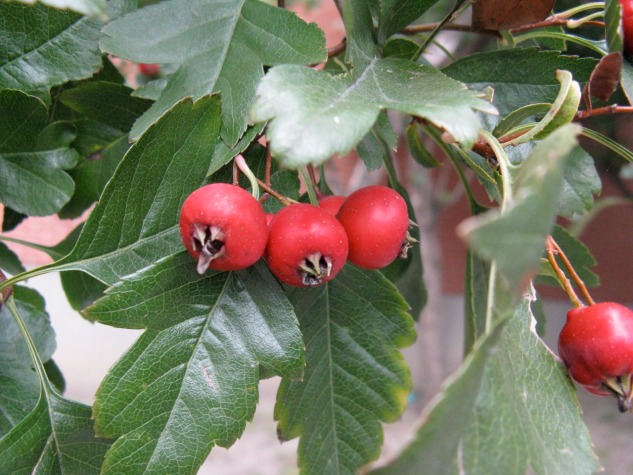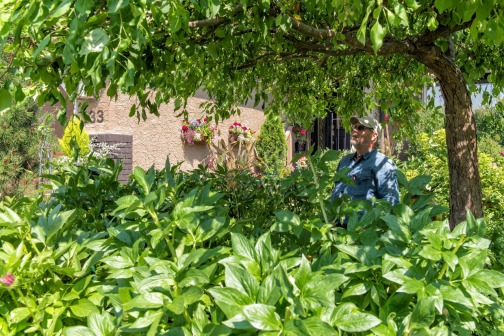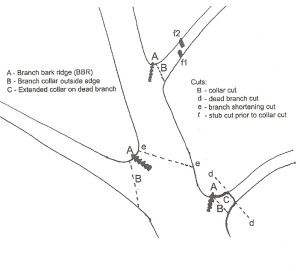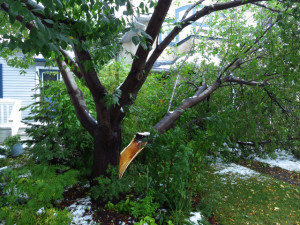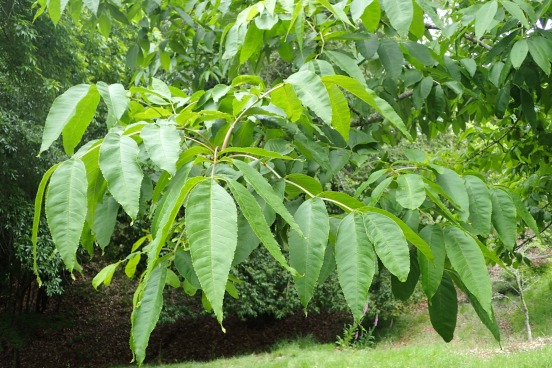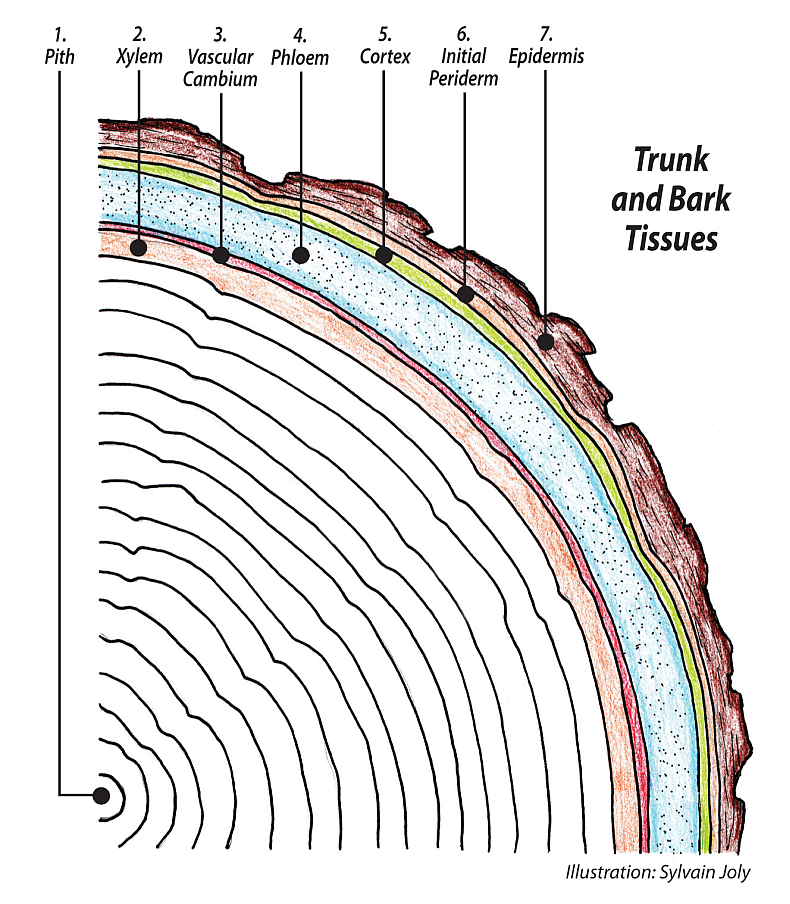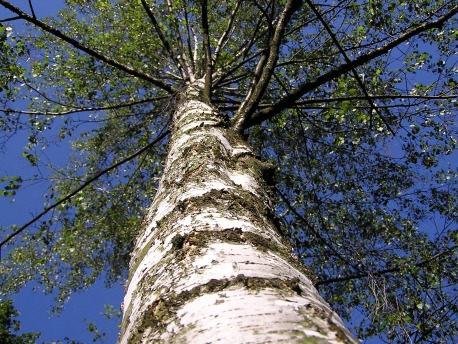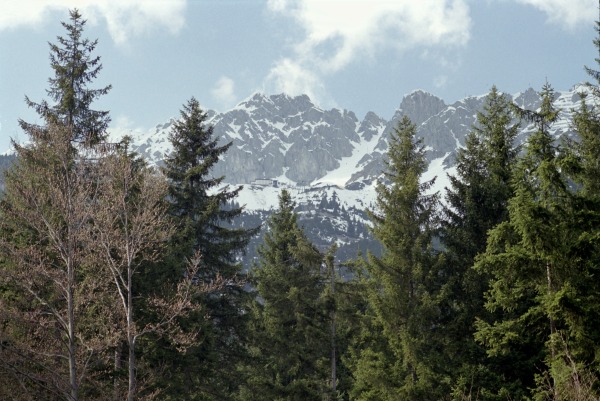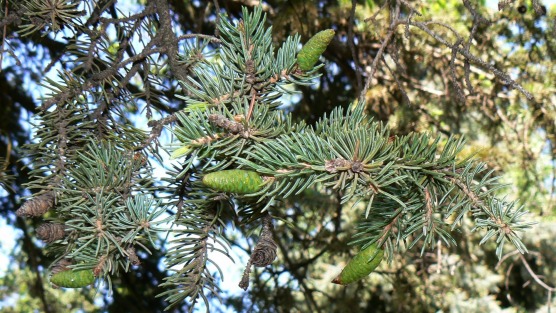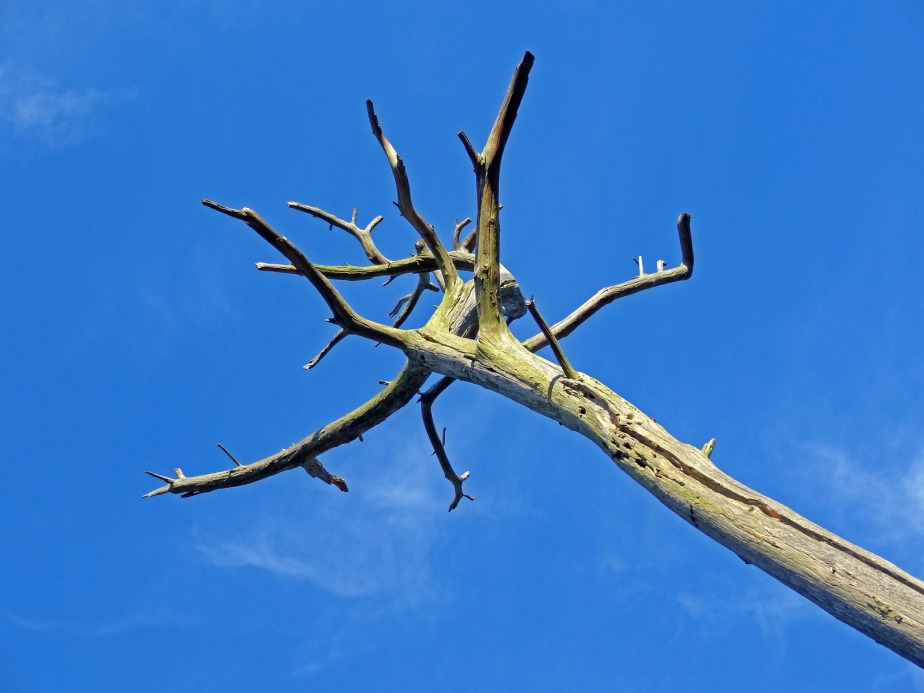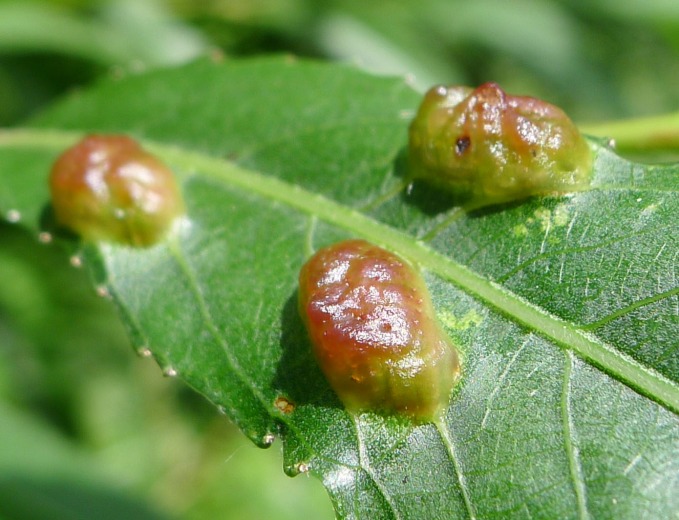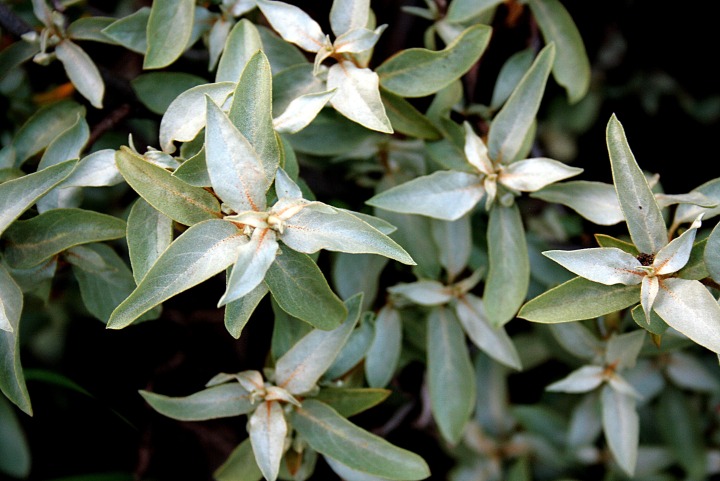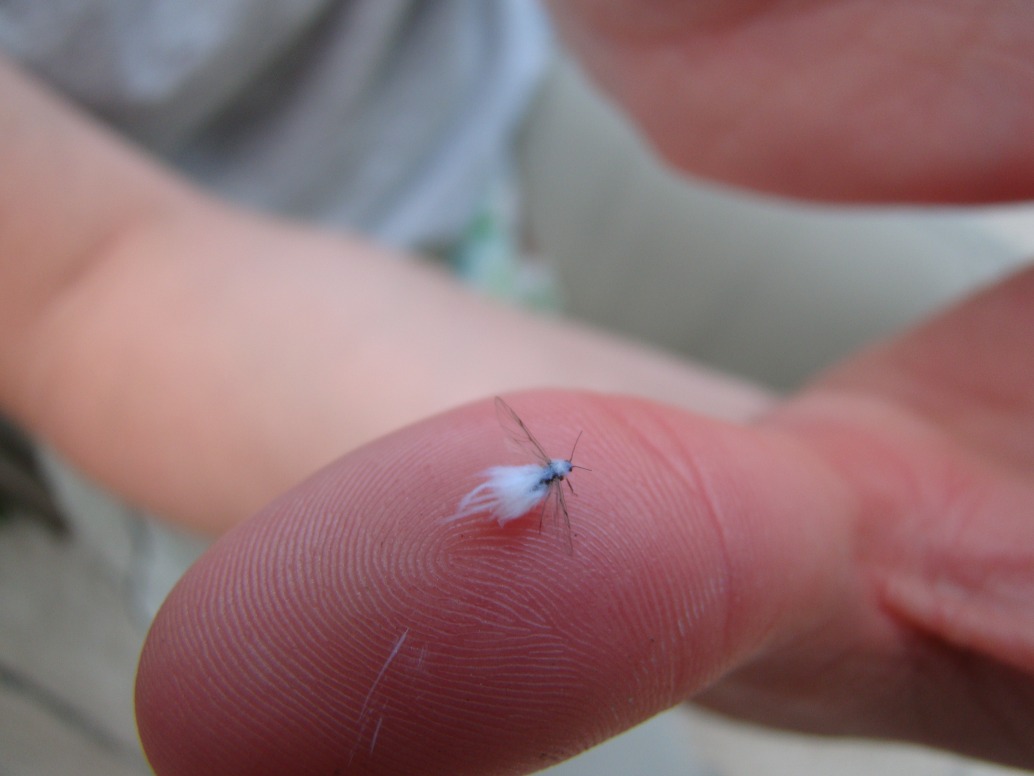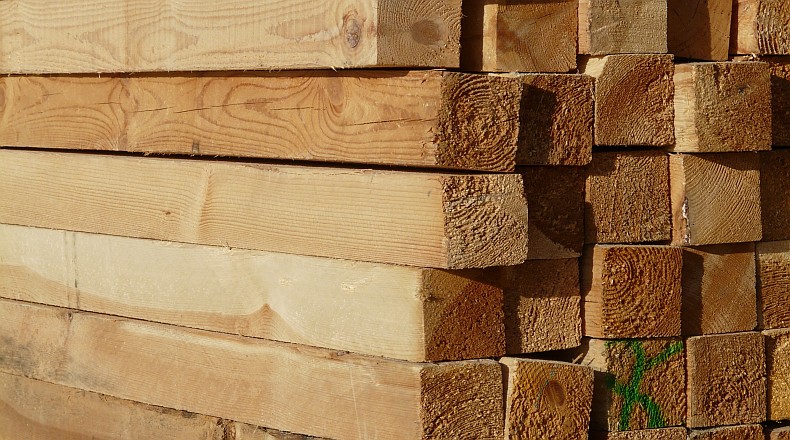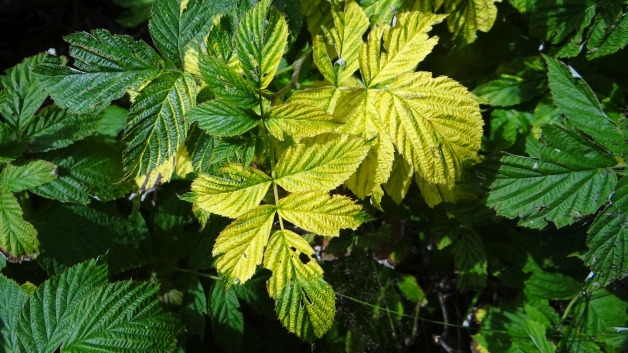The epidermis, like almost all tree tissue, operates at the microscopic level, giving us another window into the hidden life of trees. Mostly concerned with leaves and, to a lesser degree, new shoots, the epidermis or outer skin is a tissue we find in primary growth.
In trees and other woody plants, we only find the epidermis present on leaves and new shoots. All of the older outer surface of branches and trunks experiences secondary growth, an annual increase in the width, which is covered by the bark, the periderm. The bark or periderm will be discussed in its own essay.
The primary responsibility of the leaf (both sides), flower and shoot epidermis is to limit water loss and control gas exchange. The epidermis also functions as a defensive layer keeping out fungus, bacteria, animals and also air pollution and too much sunlight. The epidermis is produced by the protoderm of the shoot apical meristem (SAM). (See my botany talk titled Meristems: SAM and RAM.) Cellular development leads to different cell types: guard cells, pavement cells and trichomes. Guard cells do just that—protect the valuable water inside the leaf, being the gatekeepers of the stomata. Pavement cells are the leaf surface cells, and trichomes are the hairs that form on the outer surface of leaves. Pavement cells are parenchyma cells tightly packed together with no intercellular spaces, greatly reducing water loss and inhibiting the entry of fungus, bacteria and insects or other animals.
Epidermal cells cover both leaf surfaces and, in contrast to inner leaf mesophyll cells, look to be empty. This is because of a large vacuole which, in these epidermal cells, occupies 90% of inner cellular volume. Epidermal pavement cells do not contain chloroplasts To further their protective function, the cell walls may be quite thick and occupy as much as 20% of the cell’s internal volume. This is not the secondary wall thickening described in the essay titled Cell Walls, and does not use cellulose and lignin for reinforcement.
Guard cells and their stomatal pore control the exchange of gases in and out of the leaf interior, CO2, O2 and H2O vapor. Two guard cells encompass each stomatal pore and are unique in their ability to frequently change shape. When guard cells take up water, they swell and bend due to the high internal turgor pressure and then open. Turgor is a measure of inner cell hydrostatic pressure, exerted by the vacuole on the inner cell wall. The dry limp plant you just watered will soon stand back up as its turgor pressure increases from the water you applied to the soil. Apart from their opening/closing function, guard cells also contain chloroplasts, meaning they are also photosynthetically active. Guard cells also contain starch grains that vary in number throughout the day. Stomata are the active barrier between the outer air and the intercellular air spaces in the spongy mesophyll layer in most leaves, where the CO2 allowed in can interact directly with the chloroplasts, essential for the process of photosynthesis.
Abscisic acid concentrations, time of day, water availability, humidity and sunlight are all factors affecting guard cell activity. Stomata open whenever the situation is right and as often as possible to allow the ongoing process of photosynthesis. When potassium ions (K+) are transported into guard cells, they draw water from surrounding cells, causing the guard cells to swell and open. Later, in the hottest part of the day, the K+ diffuses out and the guard cells close, preventing water loss, but also shutting down photosynthesis. The guard cell and surrounding tissue is called the stomatal complex, and the integrated different cell types all work together to perform the guard cell/stomata function.
The cuticle, a layer of wax and oils, covers the epidermis of the new primary growth of the tree, leaves, new portions of stems and the fruit. The cuticular waxy layer on crabapples and grapes is easily felt and seen. With the ancient development of the cuticle, plants were much better equipped to move out of the water and onto land. The constant drying effect of the wind could now be controlled to a greater degree. The constituents of the cuticle are manufactured by the epidermal pavement cells and deposited on the leaf surfaces.
Water is taken up by the roots in the soil, drawn up through the xylem in the trunk and branches to the leaves, and evaporates from the open stomata in the leaves (transpiration). If there is no other way for water to leave the closed system, then the stomatal network is allowed to work at its greatest efficiency. The epidermis, therefore, plays a major role in the control of non-stomatal water loss, which is called cuticular transpiration. Cuticle thickness is, to a greater degree, affected by the tree’s native surroundings; usually the higher or dryer the environment, the thicker the cuticle.
Another epidermal cell types is trichomes. Non-glandular trichomes, leaf hairs, help protect the leaf from excess sunlight and heat and deter animal feeding. Glandular trichomes dispense oils, resins and toxins. The tiny bulbs of liquid play a powerful role in plant defense. Stinging nettle leaves are covered with these glandular trichomes.



